Sightseeing Spots
Search Results305

At the Haniwa building located inside the Saitama Kofun Group, anyone can experience making their own Haniwa with the help of an instructor. Creating a Haniwa takes 3 steps: molding for 90 to 120 minutes, drying for about a month, and finally heating the Haniwa in the kiln located inside the building for around 7 hours at 800℃. Once the Haniwa is completed, it can either be retrieved in person or be delivered and paid for on arrival.
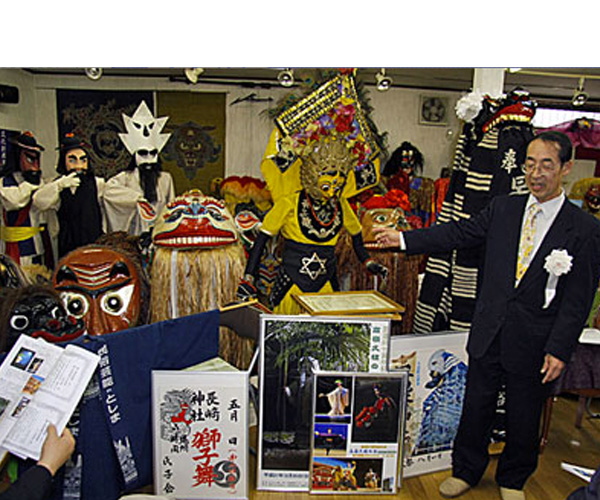
This is a private museum exhibiting ’Shishimai' (traditional lion dance), featuring authentic lion masks, costumes, documentation, performance videos from all over the country and local toys related to the lion.
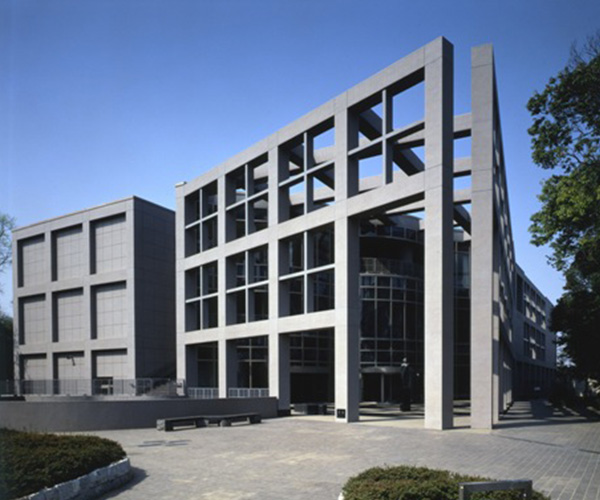
The Museum of Modern Art Saitama (MOMAS) was opened in the rich greenery of Kitaurawa Park in 1982. A collection of superb art pieces is on display, with works from artistic masters such as Monet, Chagall, Picasso and modern Japanese artists. Special exhibitions with unique themes are frequently held, and there are many "good design" chairs that can be used freely. In addition, there are museum concerts, lectures, and workshops for both parents and children to enjoy. There are also museum shops with select art books and goods, along with a restaurant serving authentic Italian food, making the museum an ideal place for both fun and comfort. (For more information regarding the facility, please check the URL below.)
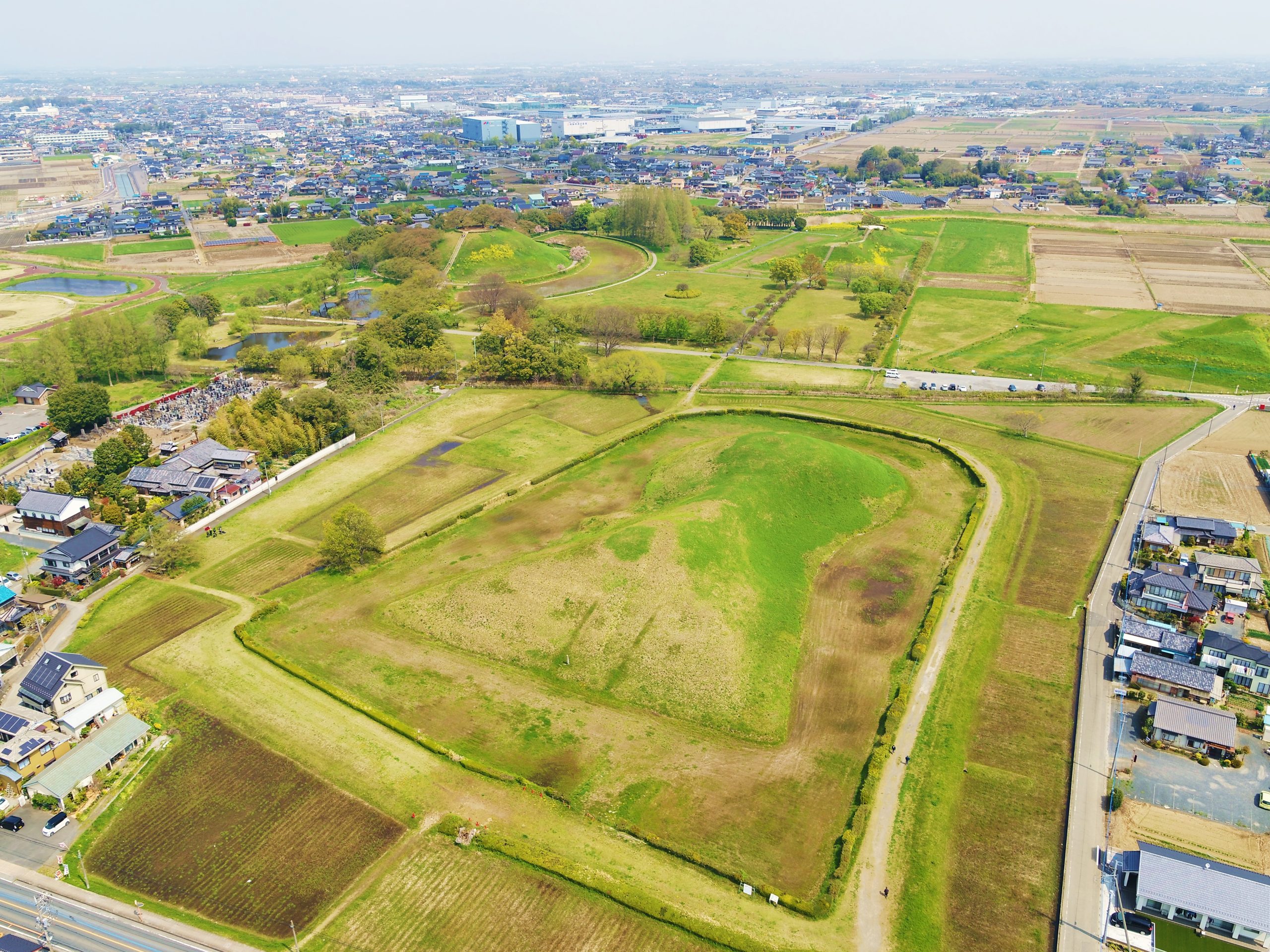
Many valuable cultural properties are stored here, such as the “Sakitama Kofun" (megalith tombs) built between the late 5th century and early 7th century and the national treasure “Musashi Sakitama Inariyama Kofun Artifact." At this facility you can also climb both the Inariyama Kofun and Maruhakayama Kofun. (For more information regarding the facility, please refer to the URL below.)
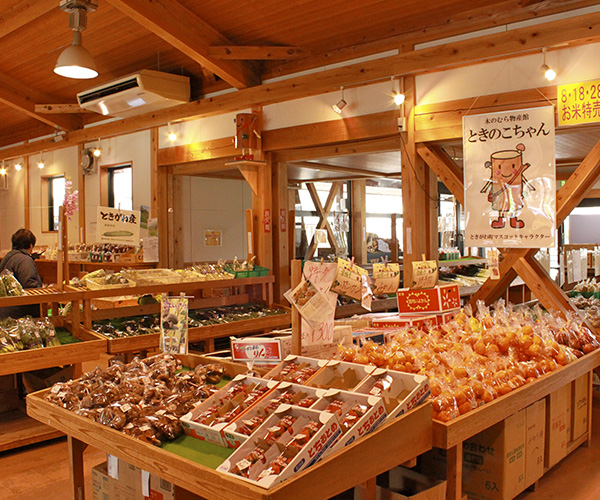
You can feel the warmth of the trees in this energetic store brimming with fresh vegetables, eggs and readymade side dishes (souzai) supplied by over 130 local farmers. Outside are stalls run by meat suppliers selling yakitori, and junmai dango (pure rice dumplings) are also available. This store is popular even with the local people. The items brought in for sale by the farmers are limited to one day only. We are committed to freshness!
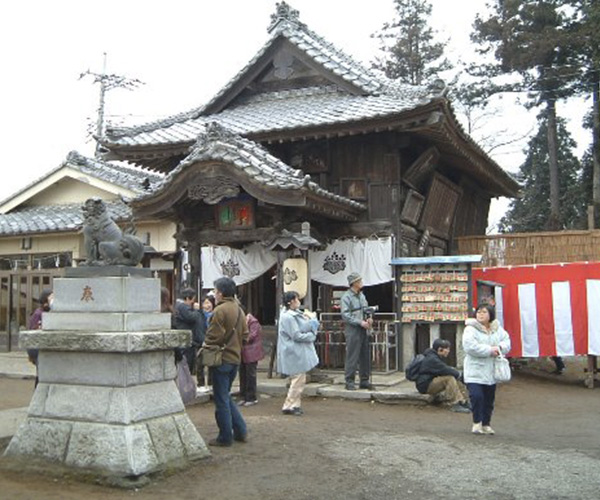
The shrine's beginnings trace back to when samurai warlord Hatakeyama Shigetada offered a statue of an ogre (oni) holding an iron rod as protection against ogres during the construction of Sugaya Yakata. One of the few shrines in Japan that worships "ogres" (oni), they celebrate Setsubun every year on February 3rd with an unusual chant: "Fuku wa uchi, Oni wa uchi, Akuma soto" (In with good fortune and the ogre, out with evil spirits). It is also known as the shrine of the God of Victory, and many soldiers came to pray for good fortune during the war.
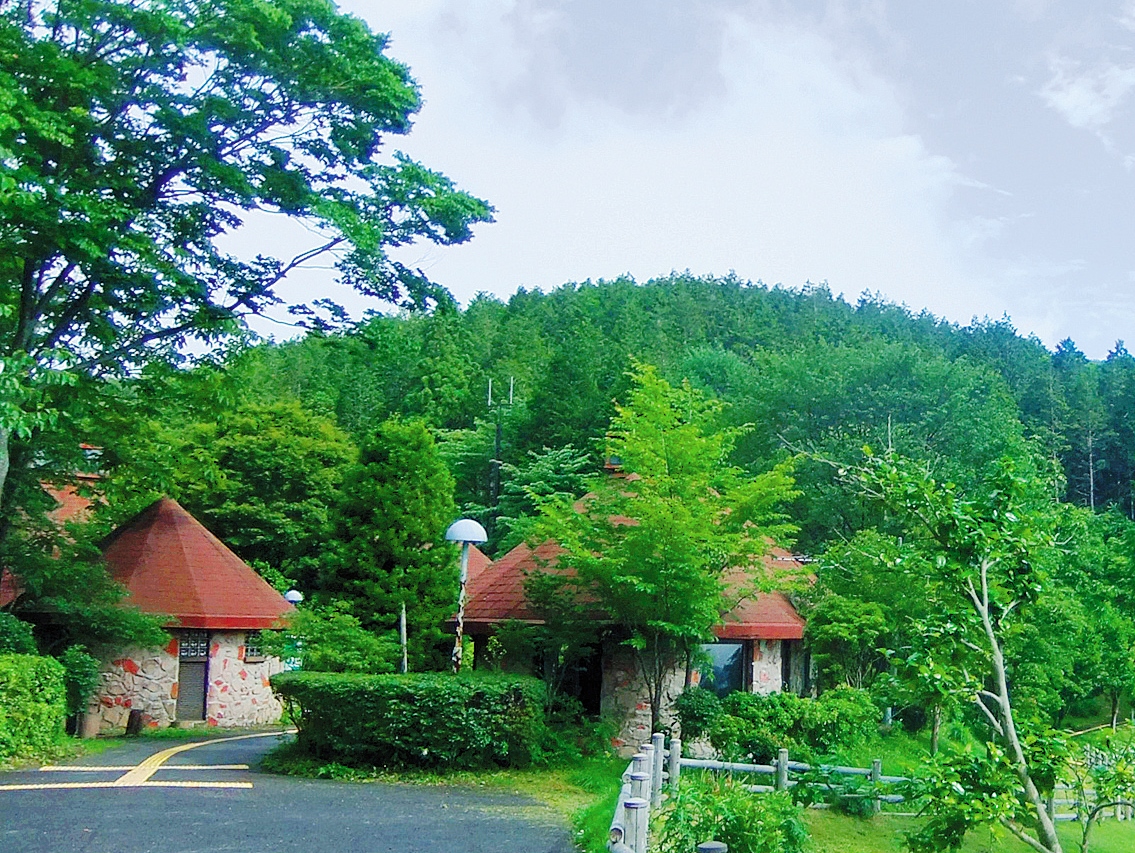
The Saitama Prefectural Forest Park "Kenmin no Mori" is a recreation area that spreads northwards of Mt. Maruyama (altitude 960m). You can enjoy the forest and wild grass of each season, see flowers and trees that you’ve only seen in photos, and meet animals in their natural state. Enjoy a heart-warming and refreshing experience!
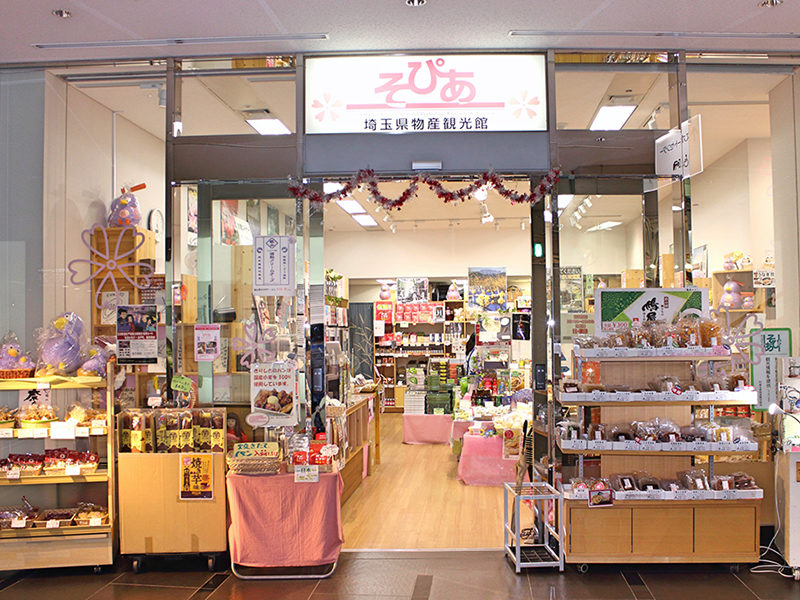
We sell over 450 types of souvenirs representing Saitama. In addition to the well-loved Sōka Sembei (rice cracker), we also sell many popular products unique to the Saitama area, such as Koedo Kawagoe Imo (sweet potato) sweets, Ajino Sayamacha, locally brewed alcohol and traditional crafts and goods featuring Saitama Prefecture’s mascot “Kobaton."
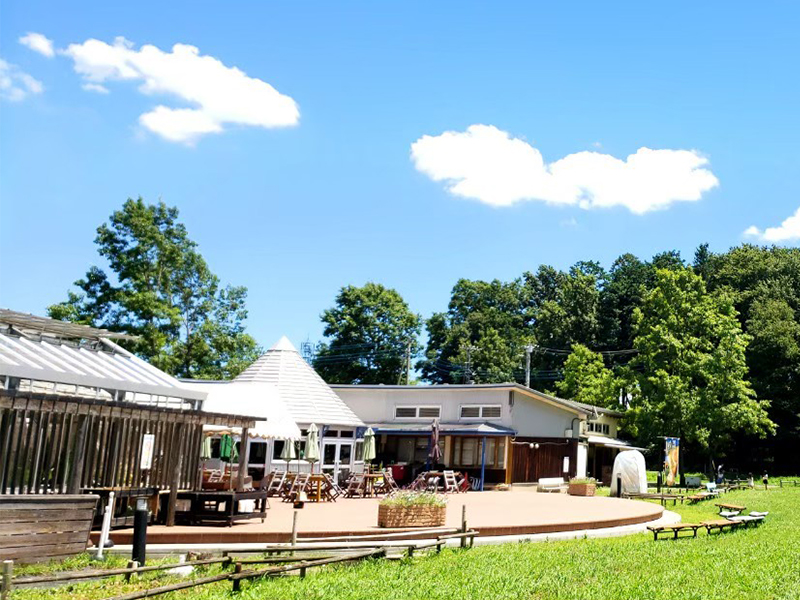
Atarashii Mura, or The New Village, is an agriculture-themed tourist facility. There is a market in the facility called "Mori no Ichiba Yui" that sells fresh vegetables produced by the local farmers of Atarashii Mura. There is also a cafe called "Mori no Cafe," where visitors can enjoy a drink or light meal. Lastly, at the facility, "Noh no Ie," they host hands-on experiences and lectures on agriculture and food, offer facility rentals, and have an herb garden of more than 100 different species where hands-on harvesting experiences for lavender and mint are available. They also grown their own rice, a popular product.
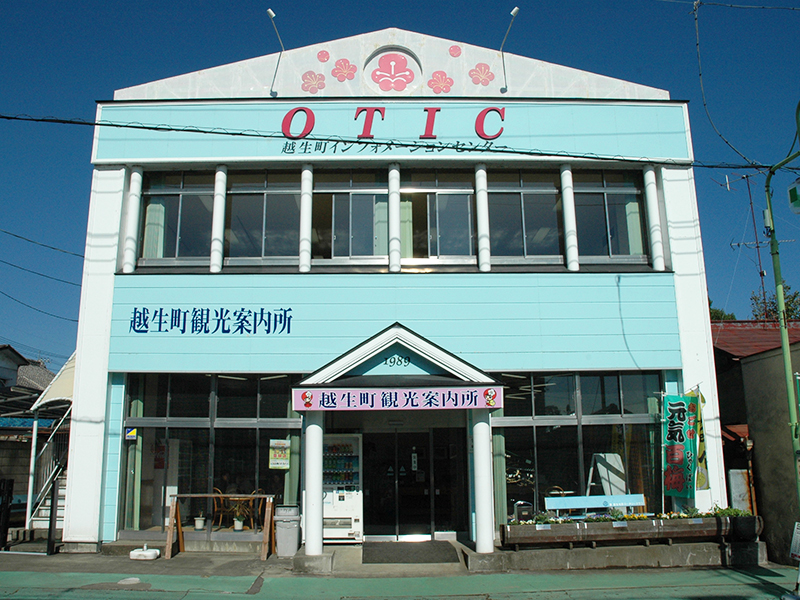
Located immediately next to the Ogose Station West Exit, this facility is used by many as a rest spot and meeting place, as a rendezvous point for hiking and to purchase souvenirs and light meals (rice balls, pizza, coffee, juice). There is also a free shuttle bus to SPA O Park OGOSE that departs from in front of the facility.
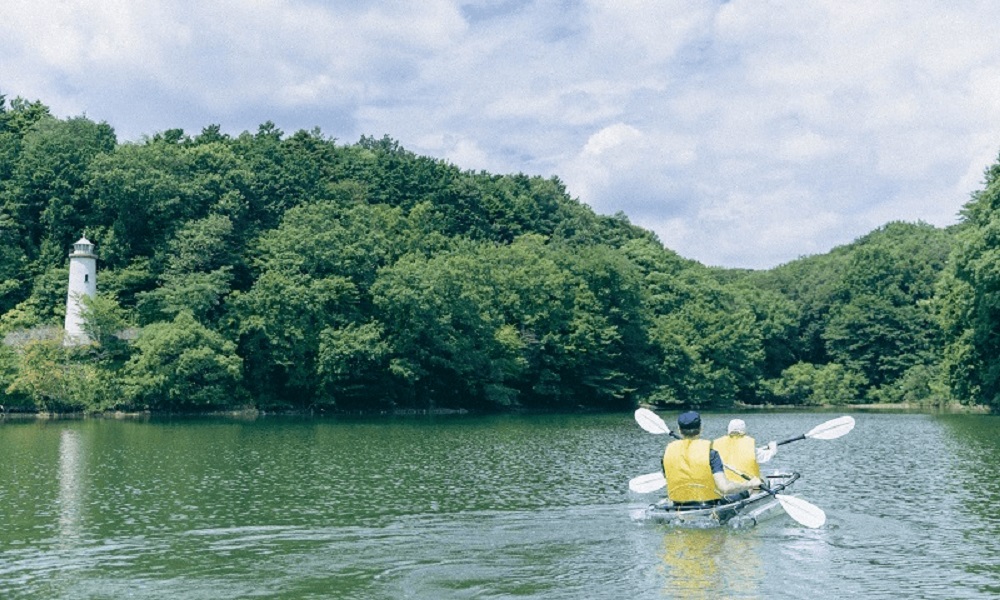
You'll spend a delightful time with family and friends at Metsa Village, whether shopping for Nordic brand goods that give you a taste of Nordic lifestyle, perusing handicrafts at the market, enjoying a Nordic meal at the restaurant, taking part in arts and crafts workshops, renting a boat to cruise the lake, or through various seasonal events. There's plenty to experience at this lakeside forest.
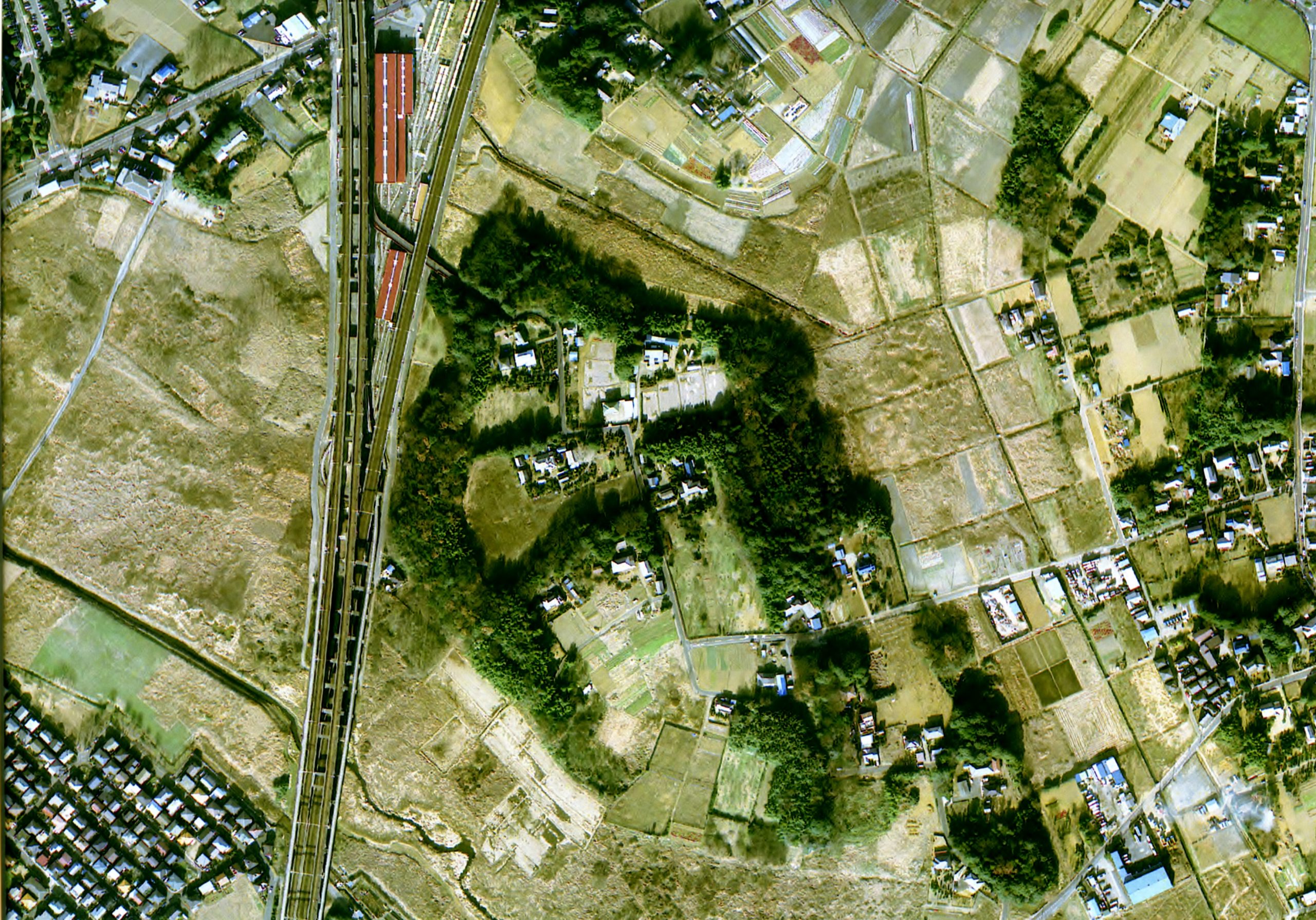
Ina town has a rich history still visible in the seemingly ordinary townscape of today, telling the tales of many hundred years ago. This is the site of the encampment used by the prominent leader Tadatsugu Ina, who served under the Tokugawa shogunate during the Edo period. Tadatsugu improved irrigation channels and developed rice fields, laying the foundation for the legendary Tokugawa rule that lasted 260 years. To this day, earthworks, moats, and streets remind us of the past through their names that relate to ruins of old gates, encampments, storehouses, and other historical structures. Excavations are still under process, and new finds, such as unique earth constructions made to hinder enemy troops, are being discovered, further revealing the exciting history of Ina town.
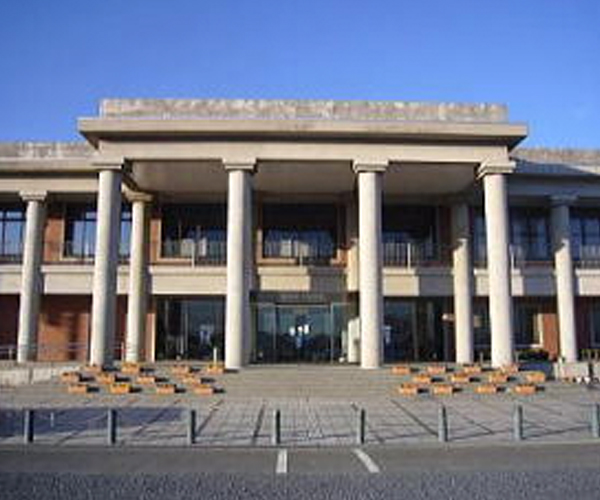
Opened on November 11th, 1995 (the same day and month of Shibusawa Eiichi's passing). In the museum's materials room there is a recording of Eiichi's actual voice and many other ink and photograph materials on display. There is also a bronze statue of Eiichi overlooking his hometown landscape on the north side of the museum.
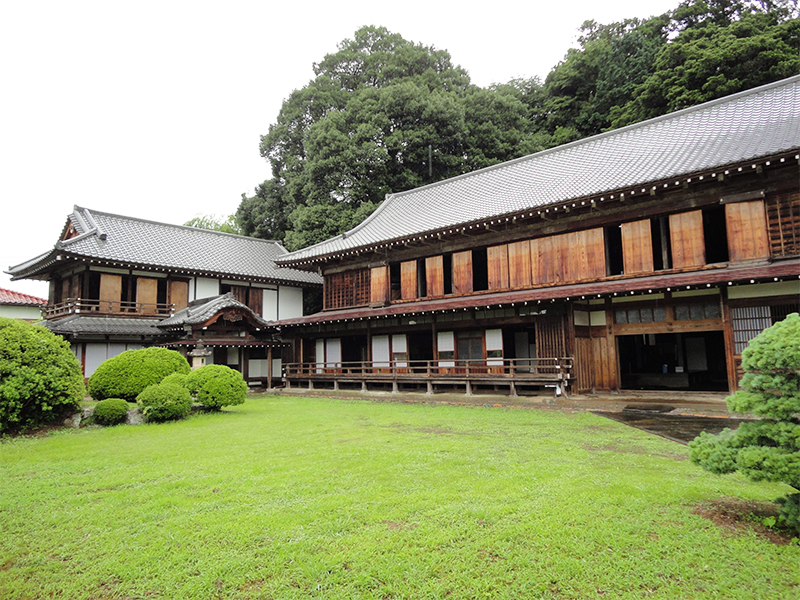
This residence, built during the end of Edo period to the first half of the Meiji period, centers around the main building and guest hall, which includes a barn and two storehouses. Featuring stone and white walls built facing the road, it is a beautiful representation of Komago scenery. The residence was designated as a national tangible cultural property in 2014.
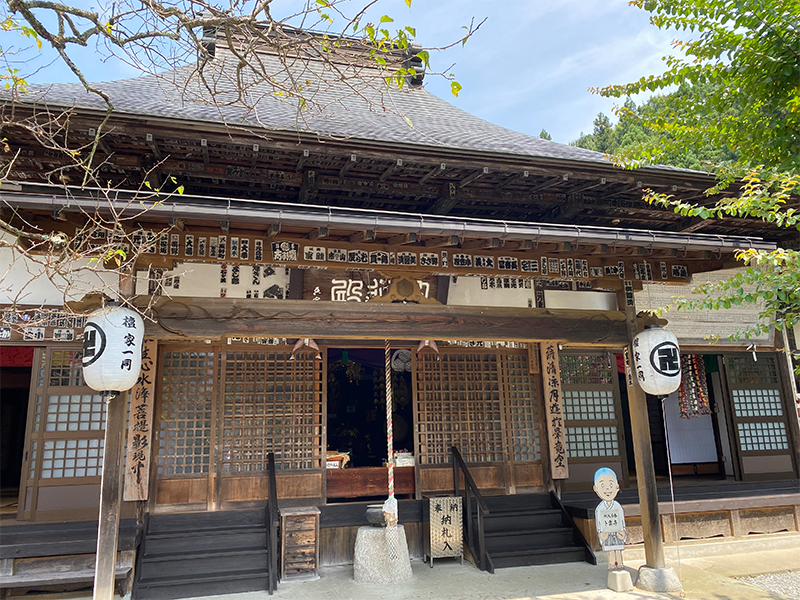
At Bokuunji Temple of Mt. Kōyō, also known as Oginodo, the main deity of Saint Kannon is said to have once stood on the summit of Mt. Bukō. Bokuunji Temple is also dedicated to rare items such as a Seiryoji-style Sakyamuni statue, a picture scroll of good fortune, and a tooth of Yamanba (a mountain witch). A magnificent view of Mt. Bukō is visible from the front of the temple.

Built on the ruins of Iwatsuki Castle, this park has lush natural trails and wide, open spaces, and is a popular place of relaxation for the local people. There is also a tennis court, baseball field, playground equipment, a picnic area with a fountain, a pond covered by a vermillion-lacquered zigzag bridge, and a vintage Tobu Railway Romancecar "Kinu No.1" on display, making this park enjoyable for all ages! In the spring, the park is known for its 600 cherry blossom trees and the lively events it sponsors.

The Ogose plum grove dates back to the separation of Umezono Shrine from Dazaifu Tenmangu Shrine. Named after Heian period scholar, poet, and politician, Sugawara no Michizane, this grove of trees is recognized as one of the three major plum groves in Kanto. The park covers an area of around 2 hectares and is home to about 1,000 plum trees such as Shirakaga, Kobai, Koseno-ume, and most notably an ancient plum tree called Kaisetsu, estimated to be 650 years old. The Mini SL steam locomotive train running through the park is also rare within Japan. Around 20,000 plum trees, including the surrounding area, are in full bloom during peak season.
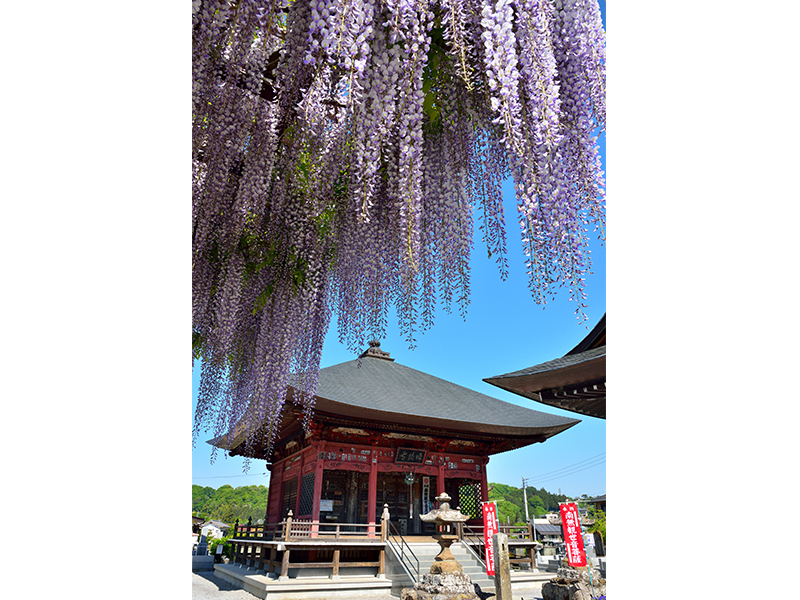
During wisteria season, you can enjoy vines of purple wisteria flowers descending from the trees in the precincts of Gokado Temple on Mt. Ogawa. Magohachi Honma, who built the temple, spent a night discussing the art of waka poetry with a traveling monk to finally master its secrets, and thus named the temple "Gokado" (words and songs temple). According to legend, the monk was said to have been the incarnation of Kannon, the Goddess of Mercy. The stone Buddha in the Koshinto pagoda on the right side of the hall is one of few existing in Chichibu. Collectible goshuin seals are available at Chokoji Temple, about 250 meters away.
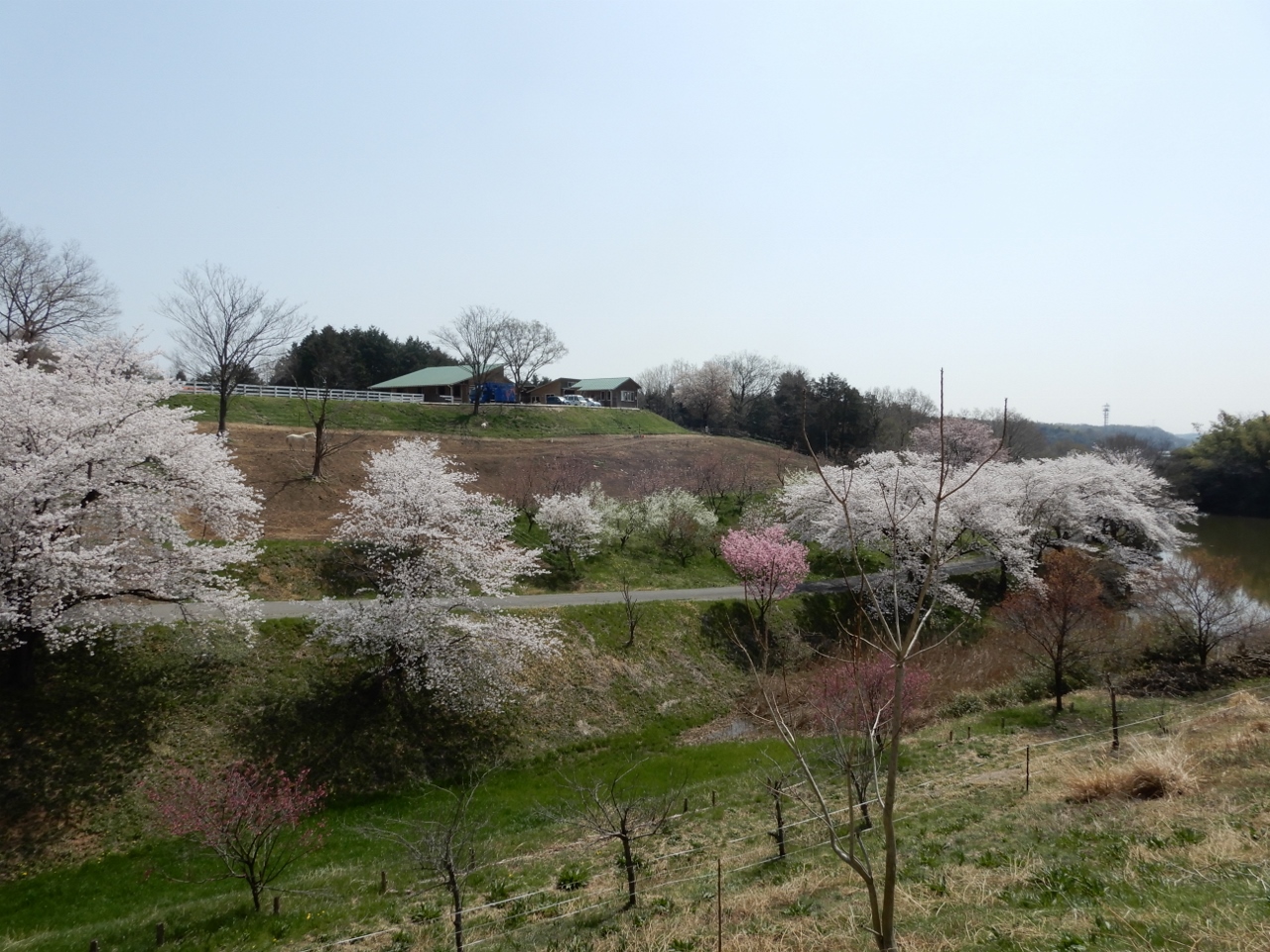
In the midst of the peaceful Satoyama, get in touch with nature and experience farming hands-on. There is a "Fureai Farm," which visitors can use freely for an annual fee, and the popular "Strawberry Farm," for picking strawberries and other fruits. There are also rice cultivation, digging of bamboo shoots, udon (wheat noodle) making, potato cultivation, Satoyama walk and hiking experiences, and various other events held throughout the year.
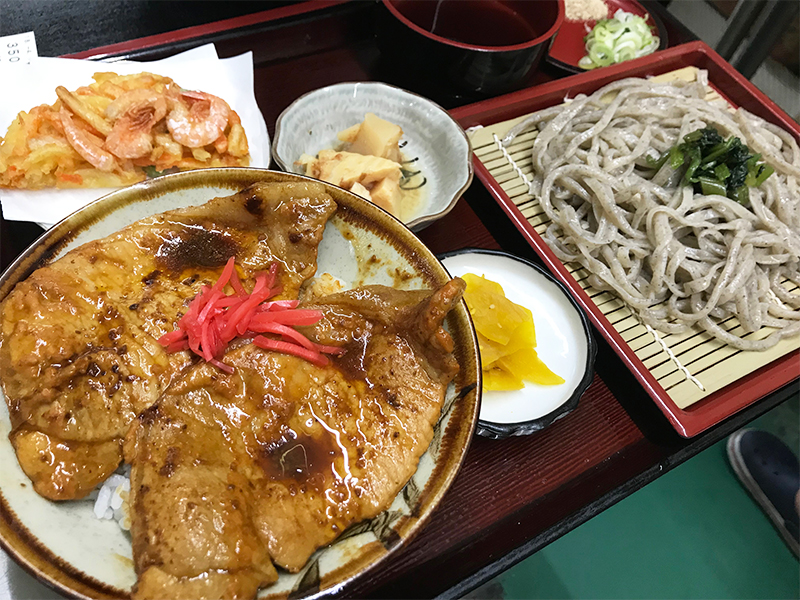
Enjoy country-style handmade soba, udon, and other set menus long popular among the farmers of Ashigakubo. You can also enjoy strawberry picking! The strawberries are bright red and packed with juicy sweetness. Strawberry picking is located right next to Menya Kinoko Chaya. If you want to pick strawberries, stop by Menya Kinoko Chaya first. ※ Time limit of 30 minutes per entry. ※ We would appreciate it if you could contact us in advance.
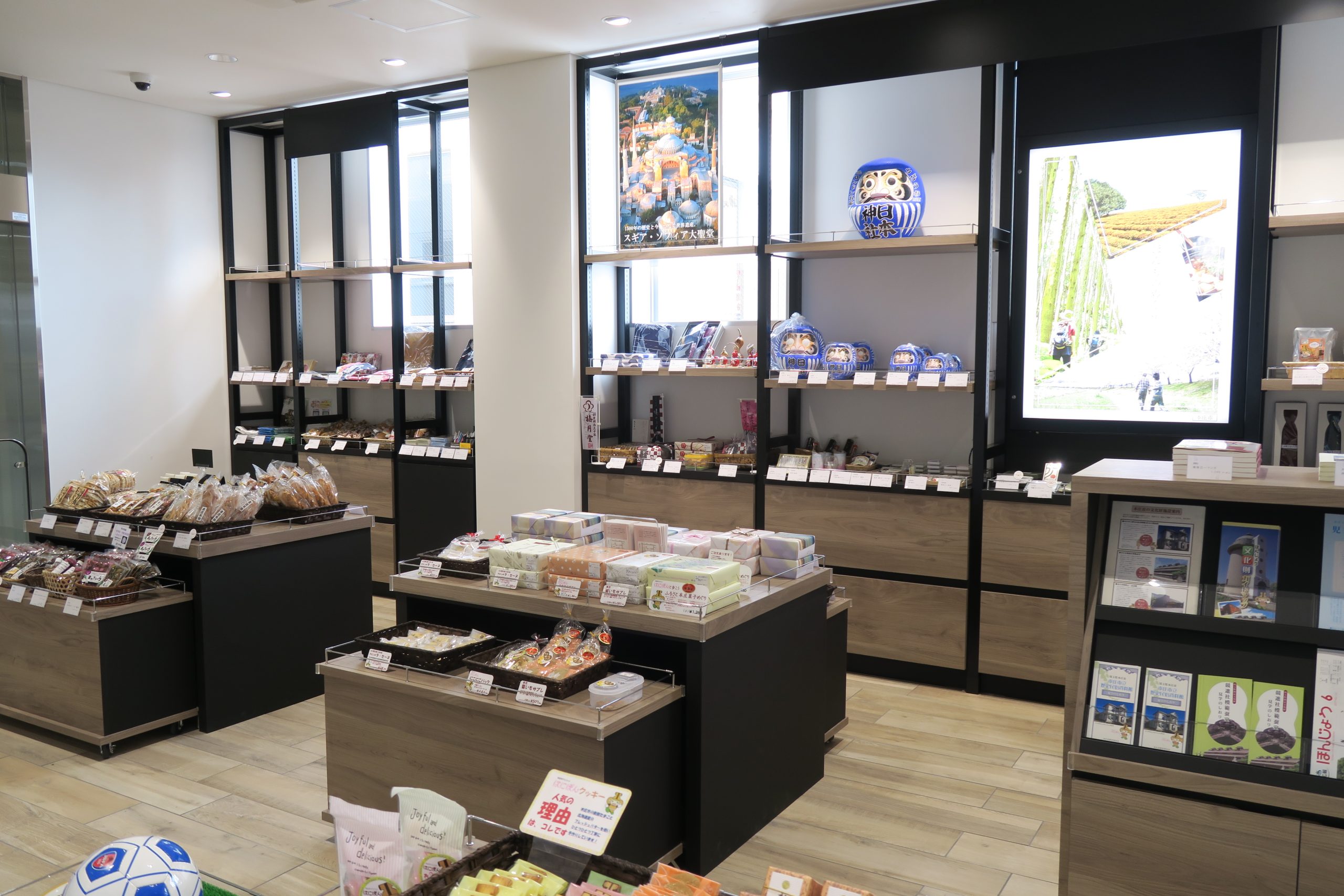
This is a tourist information center located in Honjō Station of JR Takasaki Line. Visitors can obtain tourist pamphlets and information regarding the city and purchase Honjō City’s souvenirs. Sweets and Japanese goods recommended by the Honjō City Tourism Association and Honjō Kasuri silk are also available.
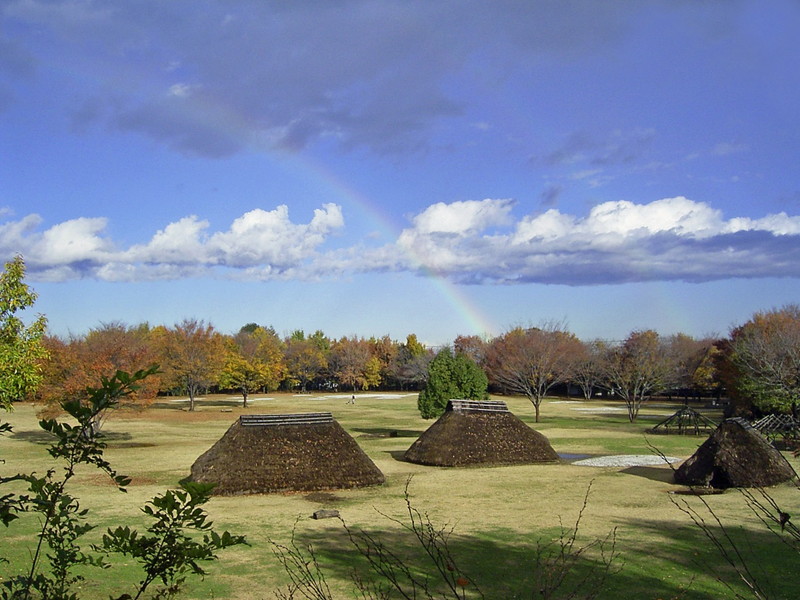
Mizuko Kaizuka Park covers roughly 40,000 square meters and was built to protect and utilize a historically designated site of midden (ancient waste collection spots) significant to the first half of the Jomon period (approximately 5500 to 6500 years ago). The size of the site represents the original ancient village, a path spanning 582 meters encircles the park, and 5 pit-houses (shelter houses built into the ground) and the Jomon era forest which surrounded the village have been restored. At the exhibition hall, excavated dwelling sites have been replicated, demonstrating how the ancient people lived at that time utilizing the midden. There is also an adjoining archive museum displaying artifacts unearthed from the city's ruins, with stone tools from the Paleolithic era roughly 30,000 years ago, designated cultural property Jomon pottery (nicknamed “flying squirrel-shaped pottery” ) unearthed from the ruins of Hazawa, an iron sword and a glass bead from the beginning of the Kofun period, and numerous other artifacts representing the primitive and ancient times of Fujimi City.
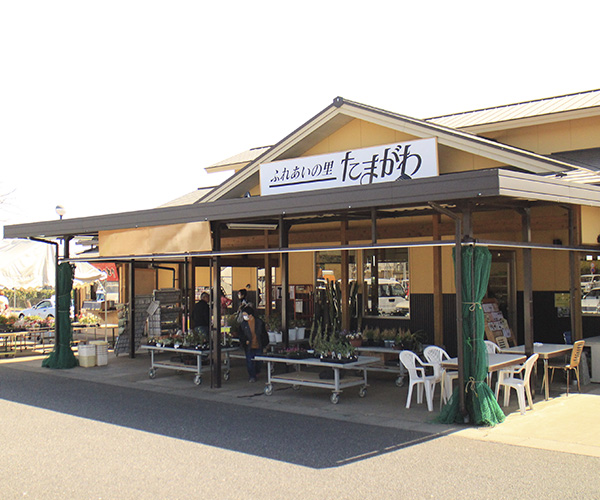
This facility was built in 2006 for "farmers and merchants" as a center for regional revitalization. The shelves are lined with fresh vegetables and locally processed foods. Please visit here for inquiries related to use of the nearby “Kawa no Hiroba BBQ" (river sqaure BBQ area). Our mascot character "Norabitan," based on the local delicacies Norabō-na (Norabō greens) and Ao-Nasu (blue eggplant), is waiting together with us for your next visit!
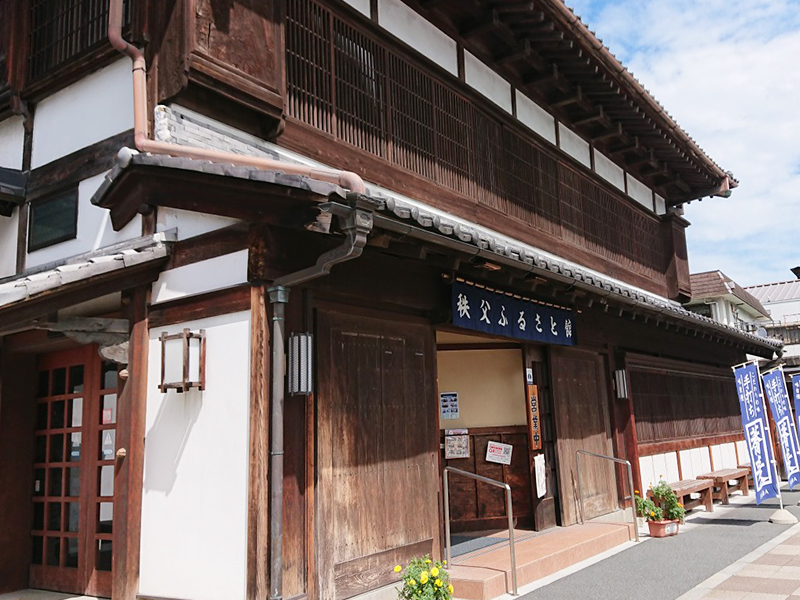
This store was originally the main building of a meisen silk wholesaler that prospered in the Taisho era. It has now been restored as a tourist center that also displays and sells local products. You can also try out the local cuisine at the soba noodle shop!
This site uses cookies to improve the user experience. If you continue to browse, you consent to the use of cookies on this site. Accept
